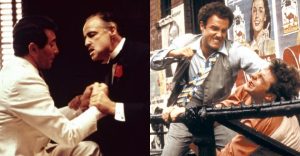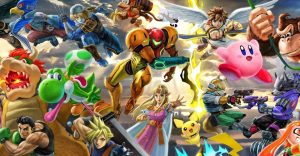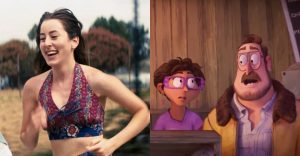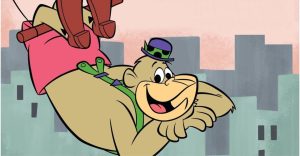How Star Trek’s Original Borg Design Radically Changed (& Why)
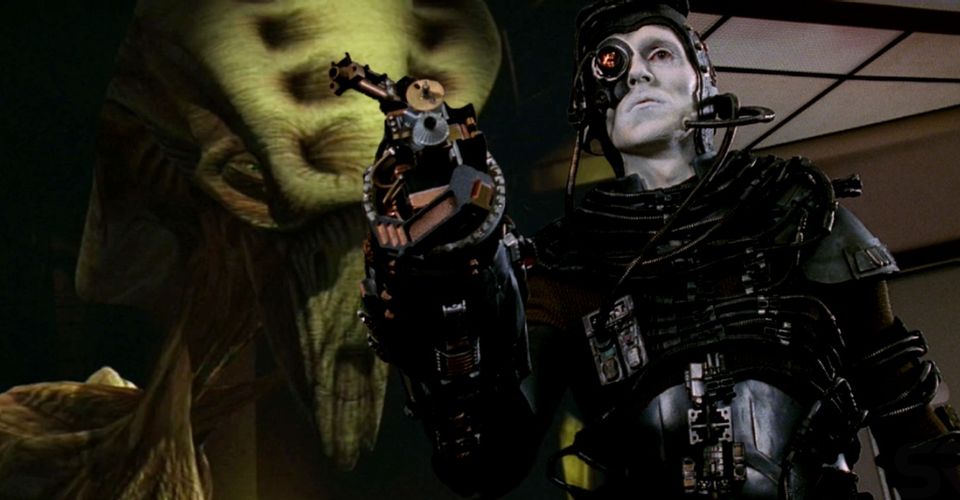
Star Trek: The Next Generation would not have been the same without the Borg, but these iconic Star Trek villains were almost very different from what viewers know and love today. TNG was the second series in the franchise and aired between 1987 and 1994. The show depicted the adventures of Captain Jean-Luc Picard and the crew of the USS Enterprise-D and was originally supposed to feature the Ferengi as the series’ main villains. However, after the episode that introduced the Ferengi received a lackluster response, the Borg were created instead to fill the role.
The Borg were first introduced in”Q Who”, a season 2 episode whose plot revolved around the crew of the Enterprise-D encountering a Borg ship after being flung into an uncharted region of space. As their name suggests the Borg are a cyborg race, a humanoid species whose bodies are a blend of organic and machine. The Borg operate as one collective consciousness, making decisions through a hive mind and are ruthless in their pursuit of other species who they see as having distinctive biological or technological traits they can acquire. The Borg “assimilate” other races they deem worthy, mining their technology and converting their people into mindless “drones” to serve the collective. To date, the Borg are perhaps the greatest enemy the Federation and Starfleet have encountered, mainly because of the technological advantages and merciless pursuit of anything that stands in their way.
The Borg’s cyborg nature should seem fundamental to fans, but their character design was originally supposed to go in a radically different direction. While developing the Borg as villains, TNG’s creative team planned for them to be a race of insect-like aliens, perhaps similar to something like Star Trek: Voyager’s Species 8472. Making the Borg insects would have broken the Star Trek franchise’s tradition of depicting mostly humanoid races, and likely would have served to make them even more terrifyingly alien. However, the concept had to be scrapped because of budget constraints. Designing and bringing to life a race of insect aliens would likely have been a huge undertaking for the make-up and visual effects departments, and it seems TNG simply did not have the resources to make it work.

Although this more radical design concept for the Borg would have been intriguing, it is hard to imagine the species as anything but the nightmarish cyborgs they became. Additionally, not all of the insectoid qualities of the Borg were changed when the original design was scrapped. Although humanoid, the Borg still retain some insect-like traits, most notably their hive mind, which is reminiscent of bee or ant colonies. Furthering this metaphor, the Borg’s hierarchical structure is also very similar to that of bees or ants, with a caste system that includes drones and even the Borg Queen.
Presumably, both the Borg’s hive mind and hierarchical structure are a nod to their original concept. These two traits were also a smart choice to include in the long run as they remain some of the Borg’s most quintessential characteristics. Star Trek: The Next Generation may not have had the ability to go with their first choice when it came to the Borg, but the show still managed to create a ruthless and compelling set of villains that have had a huge impact on the Star Trek franchise as a whole.
About The Author











